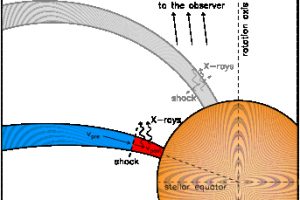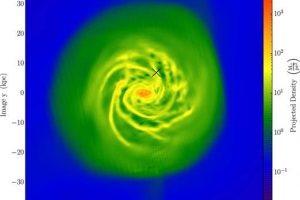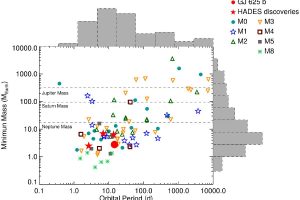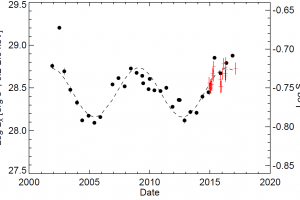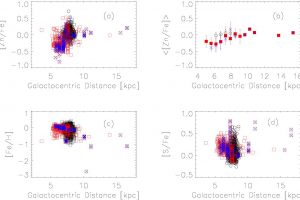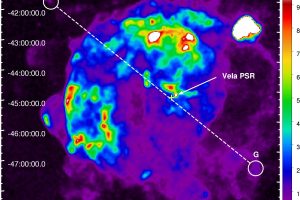Star formation and X-rays. Published by MNRAS the study: “Röntgen spheres around active stars” of D. Locci (OAPA/UNIPA)
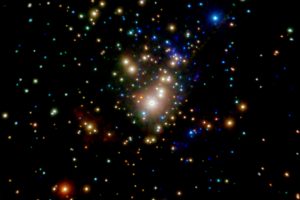
“Stars form from the gravitational contraction of molecular clouds”: This is the basic concept of star formation process. However, the reality is much more complicated than this. The process that cause large (typically tens of light years) and cold (few degrees K) clouds of gas and dust to collapse into stars consists in a complex interplay between gravity, gas turbulence,
» Read more
